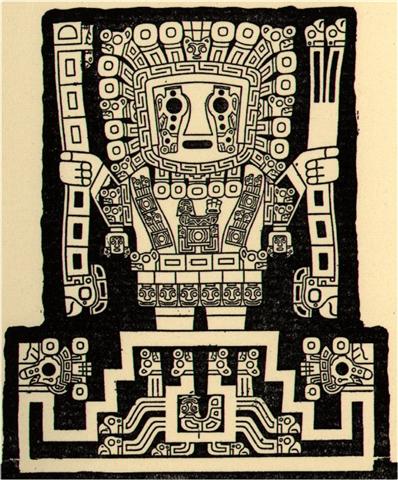Dots in front are marking the first 5 glyphs in the line:.
We can guess these dots refer to the 5 days centered on the March equinox. In a leap year there are 366 days and March 21 is day 81 instead of day 80. The addition of the extra day February 29 means the difference which has been accumulating between the positions determined from a year with 365 days and a year with 365¼ days can here be eliminated. March 1 in a leap year corresponds both to day 1 in a new cycle with 3 * 365 + 366 = 1461 days and to day 1 in the new cycle with 365 days:
Possibly Metoro meant moe in Ca13-3 was a picture of a bird with a body like a dwarf (noi)
in contrast to the very long beak representing the 1460 days ahead. The dream soul of Hau Maka named her station Tama 'an evil fish with a very long nose': ... The dream soul went on. She was careless (?) and broke the kohe plant with her feet. She named the place 'Hatinga Te Koe A Hau Maka O Hiva'. The dream soul went on and came to Roto Ire Are. She gave the name 'Roto Ire Are A Hau Maka O Hiva'. The dream soul went on and came to Tama. She named the place 'Tama', an evil fish (he ika kino) with a very long nose (he ihu roroa). She was flying in the night and we maybe should think of her stations as the nakshatra stations reflecting (mirrorwise) the stations of daytime Sun. The evil fish with a very long 'nose' could then be a reflection in the night of a day bird of good fortune (sa'ad) with a very long 'beak' ahead (a cycle with 1461 days). The March equinox would come 20 days later. 1460 = 4 * 365 days. But in a year with 24h there are 24 * 60 = 1440 minutes (and 1440 + 20 = 1460). The everywhere dominating pattern of 3 + 1 could have originated from this 'long beak cycle', and then it would have been natural to illustrate this cycle with a 3-fingered hand followed by a thumb:
But reflected on the other side of the sky (year) there could be 3 + 1 legs instead of 3 + 1 fingers:
| |||||||||||||||||||||||||||||||||||||||||||||||||||||||||||||||||||||||||||||||||||||||||||||||||||||||||||||||||||||||||||||||||||||||||||||||||||||||||||||||





